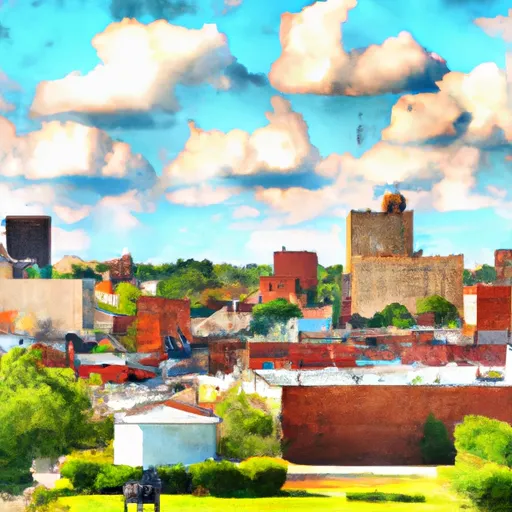°F
°F
mph
Windspeed
%
Humidity











Sedalia, Ohio is a small town located in the central part of the state. The climate in Sedalia is classified as humid continental, characterized by hot summers and cold winters. Average temperatures range from around 30°F (-1°C) in January to around 75°F (24°C) in July. Sedalia experiences moderate precipitation throughout the year, with slightly more rainfall in the summer months.
Hydrologically, Sedalia is situated near the Scioto River, which is an important water source for the region. The river provides opportunities for activities such as fishing, boating, and kayaking. Additionally, Sedalia has several small lakes and ponds that attract water enthusiasts.
Outdoor recreation opportunities in Sedalia are abundant. The town is surrounded by picturesque natural landscapes, offering opportunities for hiking, camping, and exploring the great outdoors. There are also numerous parks and trails for walking, jogging, or biking. Sedalia is known for its beautiful fall foliage, making it a popular destination for leaf-peeping. In the winter, residents and visitors can enjoy activities such as skiing, snowboarding, and ice fishing.
Overall, Sedalia, Ohio offers a favorable climate, diverse hydrology constituents, and a variety of outdoor recreation opportunities for nature lovers and outdoor enthusiasts.
Weather Forecast
Sedalia receives approximately 1017mm of rain per year, with humidity levels near 86% and air temperatures averaging around 11°C. Sedalia has a plant hardyness factor of 6, meaning plants and agriculture in this region thrive during a short period during spring and early summer. Most plants will die off during the colder winter months.
Nearby Snowpack Depths
2
Inches
Regional Streamflow Levels
66
Cubic Feet Per Second
34
Cubic Feet Per Second
1,050
Cubic Feet Per Second
87
Cubic Feet Per Second
Nearby Camping
| Camping Area | Reservations | Toilets | Showers |
|---|---|---|---|
| Clear Creek Rec Area | |||
| Zilpo Rec Area | |||
| Clay Lick - DFWR | |||
| North Fork - DFWR | |||
| Paragon | |||
| Twin Knobs Rec Area |



